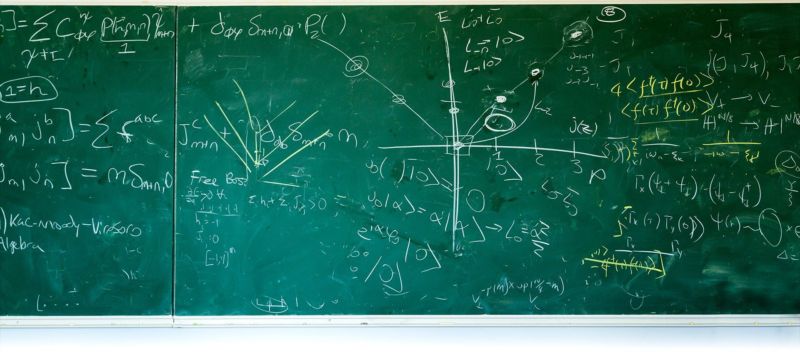Microsoft brings its quantum dev kit to macOS, Linux; new kind of qubit this year
http://ift.tt/2F4fwYe

Microsoft released the first version of its quantum development kit and a new quantum computing programming language Q# last December. Today, the company has released an update that adds support for quantum development on macOS and Linux. Both the Q# language, and the company’s quantum simulator, will run on these platforms in addition to Windows.
The new release of the simulator is much faster than the first release, with the company saying that it runs four to five times faster, especially on simulations with 20 or more qubits.
The quantum libraries and samples are now available under an open source license—the source to these was previously merely shared—enabling others to modify and extend them. Interoperability with existing libraries is also being improved: Microsoft is working on integrating Python support. On Windows, today’s release includes a preview of the Python integration, which allows Q# programs to call Python code and vice versa.
Microsoft’s quantum simulator (a small version of which can run locally, with a larger version that runs in the cloud) is intended to aid the development and understanding of quantum programs. It allows the quantum state to be inspected (something not possible with a real quantum state, because inspecting it collapses the wave function and forces it to take a distinct value) and for the scaling and performance profile of quantum programs to be measured. What it can’t do, however, is quantum computing on a large scale; the memory and computational demands grow exponentially with the number of simulated qubits—32 qubits requires 32GB of RAM, and each additional qubit doubles the memory requirements.
The simulator is intended to be a precursor to real quantum hardware, which Microsoft is also working on. Microsoft’s quantum computing efforts are built around a concept called a topological qubit. The topological qubit is attractive because it should be much more robust than the qubits used in other quantum computers; while Microsoft’s system will still have to operate at the near-absolute zero temperatures used in other quantum machines, it should require substantially fewer qubits for error-checking and correction, compared to those other systems.
The company doesn’t have a working topological qubit computer yet, but Todd Holmdahl, CVP of Microsoft Quantum Computing, told us that he’s confident that there will be at least a single working qubit by year end. As part of its quantum efforts, Microsoft has also been investing in the manufacturing technology that it intends to use to build its quantum computing—think nanoscale 3D printing—and so the expectation is that scaling up to two, three, and more qubits should happen relatively rapidly after that first qubit is built.
Tech
via Ars Technica https://arstechnica.com
February 26, 2018 at 08:13AM
